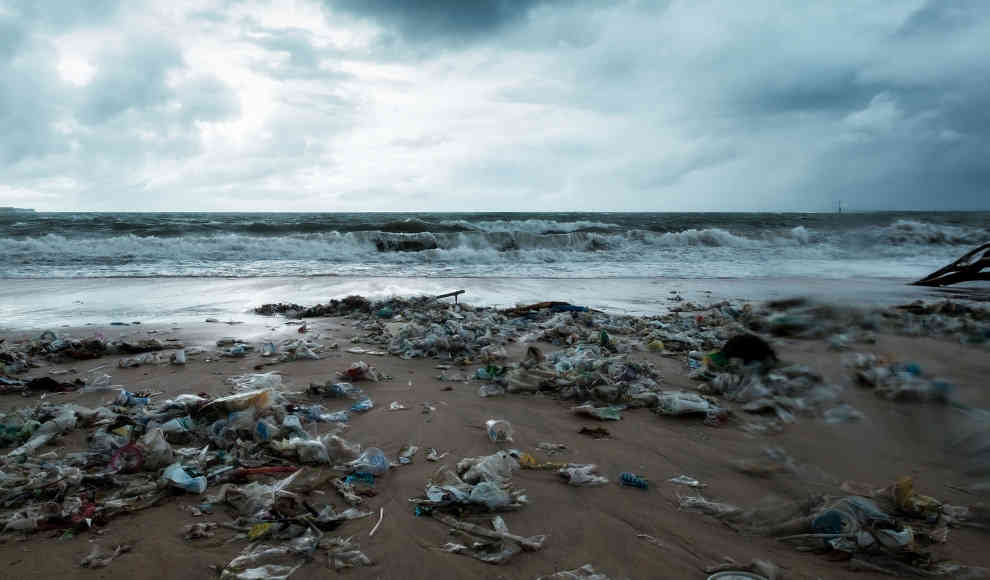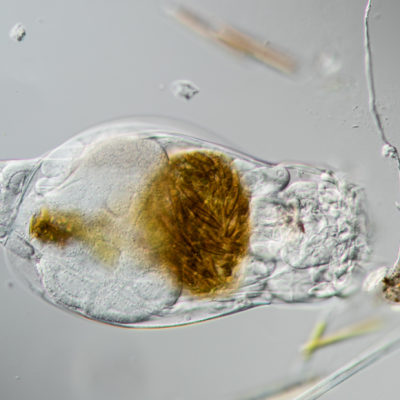The world’s population of around 7.5 billion people generates a significant amount of waste, with the biggest problem being the eight billion tons of plastic that have been produced and not recycled to date. Much of this plastic waste ends up in the oceans, with an estimated 10 million tons of waste entering the oceans each year. The impact on marine life is devastating, with tens of thousands of sea creatures and birds dying each year due to ingesting plastic or becoming entangled in it. The problem is compounded by the fact that plastic takes up to 400 years to decompose, breaking down into smaller and smaller particles known as microplastics. These microplastics are even more dangerous as they are water-insoluble and can be ingested by marine life, entering the food chain and ultimately the human body.
The problem of plastic waste in the oceans is not just a matter of its mass and impact on marine life. The plastic also contains toxic chemicals such as phthalates and flame retardants, which are added during the manufacturing process and cannot be filtered out once they enter the oceans. The sources of plastic waste in the oceans are varied, with some entering directly from shipping, boats, and coastal homes, while others enter indirectly through fishing gear, tourist litter, and wastewater. The solution to this problem lies in reducing plastic waste at the source, as well as removing it from the oceans.
One promising solution is the Ocean Cleanup project, developed by Dutch inventor Boyan Slat. The project aims to remove plastic waste from the oceans, starting with the five largest garbage patches. The system uses a 600-meter-long floating barrier to collect plastic waste on the surface and up to three meters below. While the project has faced some challenges, including the need for repairs and the issue of plastic escaping the system, it has shown promise in reducing plastic waste in the oceans.
However, the problem of plastic waste in the oceans requires a multifaceted approach, including reducing plastic waste at the source and preventing it from entering the oceans through various means. Failure to address this issue could have devastating consequences for marine life, the environment, and human health.










